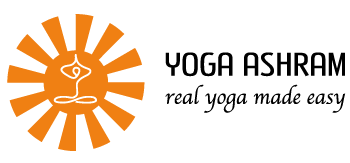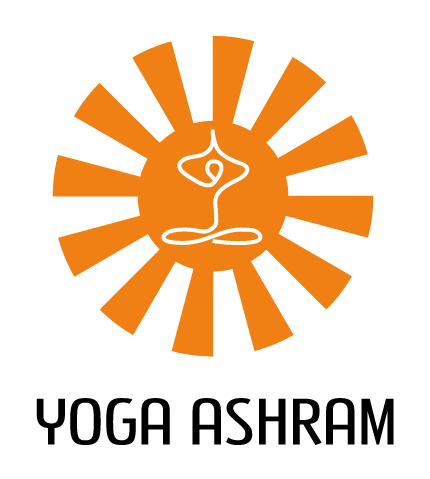1
Beginner to advanced levels – learning, Practice and teaching methods
- Asanas (Yoga Postures – more than 100 Yoga postures will be taught, practiced, taught how to teach)
- Benefits of Asanas
- Precautions to be taken
- Pranayamas (Conscious breathing Technique – More than 15 Pranayamas will be taught, practised, taught how to teach)
- What is Prana
- What is Pranayama
- Benefits of proper breathing
- Benefits of each pranayama
- Precautions to be taken
- Meditations – Yoga nidra, Guided meditation, focused meditation, chanting meditations etc. will be taught, practised and taught how to teach
- What is Meditation
- What is Yoga Nidra
- Chakras and the subtle energy channels
- Benefits of Meditation
- Benefits of each Type of meditation
- Precautions to be taken
- Different styles and traditions of Yoga – traditional to modern will be taught, practiced and taught how to teach. The yoga styles included are – Hatha, Vinyasa, Iyengar, Ashtanga, Sukshmavyayam (subtle Yoga), Yin yoga, etc.
Introduction to Clinical Yoga and Ayurveda will be taught.
- What is the difference in each style
- Benefits of each style
- Precautions to be taken
- Special yoga sessions – pre and post-natal; sports yoga; yoga for back, knee issues, yoga of Osteoporosis, yoga for depression; yoga for menstrual & menopause
- How to teach these in the yoga class.
Learning Outcome: Students will come away with a full and thorough, theoretical and practical knowledge of Hatha yoga Asanas, Pranayama & Meditations to use in their class. Students will know how to teach and formulate their own lessons and plans. They will also be adept at corrections and proper lesson delivery according to yogic principles.
Meditative postures, Dynamic postures, Balancing posture, Inverted poses, Twisting postures, Back-bending postures, Forward-bending postures, Relaxation postures will all cover during this course.
2
Anatomical/physiological
- Basic Anatomy and physiology; Human body and its different system
- endocrine glands
- Skeletal & Muscular system – focus on Spine, neck, hips, knees, arms & legs.
- special focus on the muscular and skeletal system associated with the Asanas
- importance of Facia
- importance of alignment & posture
- Major diseases and associated parts.
Learning Outcome: Students will know the basics of Human Anatomy and Physiology. How these can be used to correct people’s posture, they will know and be able to use the importance of alignment and posture during their teaching.
3
Taking a Class
- Planning, sequencing a yoga class.
- Yoga Class teaching techniques – voice modulations, demonstration, corrections.
- Class structure & writing class scripts.
The object of this teacher training is to prepare the student to take a yoga class as soon the teachers training session finishes. During the TTC, students will be preparing and be ready with at least 10 class scripts
Learning outcome: Students will learn to sequence the different components to a yoga class, write scripts; deliver the class clearly with right voice modulations.
4
Yoga Philosophy, Lifestyle & Ethics
- Introduction to the basic principles of yoga,
- Introduction to Yoga philosophy – with focus on some major philosophical points that can be used while teaching and also for self-knowledge on why we are doing Yoga, its benefit and yoga principles can be taken off the Yoga mat and used to make our daily life better.
- Yoga concepts and history of Yoga.
- Various traditional and scientific viewpoints on Yogic way of life for healthy lifestyle.
- Different Paths of Yoga.
- Ethics to follow as a Yoga Teacher towards self, students & community.
Learning Outcome: Students will gather a comprehensive idea and understanding of yogic philosophy and lifestyle based on Patanjali Yoga Sutras, Yogasara Upanishads, and other ancient texts. How to use these teachings in our current contemporary conditions. How this knowledge benefits us and how to use them during our class. Know the ethics and understand code of conduct to be followed by Yoga teachers.
5
Practical teaching sessions
- Practising teaching and learning how to take a yoga class
- Different aspects of taking the class;
- Attention to the special needs of the students,
- Correcting and aligning postures.
- Using the right voice modulations and tones
Learning Outcome: Practical experience of learning to take the class in front of other students and teachers – this will overcome the stage fright from new teachers and make them confident in taking yoga classes.
6
Diet &Nutition
- Know basics of Diet and Nutrition;
- Different diet types – their advantages and disadvantages
- importance of following one diet format;
- importance of vegetarian & Ayurvedic diets
Learning Outcome: Students will have an importance of diet and nutrition and their role when in health and healthy lifestyle.
7
Miscellaneous topics
- Mudras
- Bandhas
- Kriyas (cleansing techniques)
- Chakras
Learning Outcome: Learning about basic yogic cleansing and introduction to yogic lifestyle and traditional disciplines.



